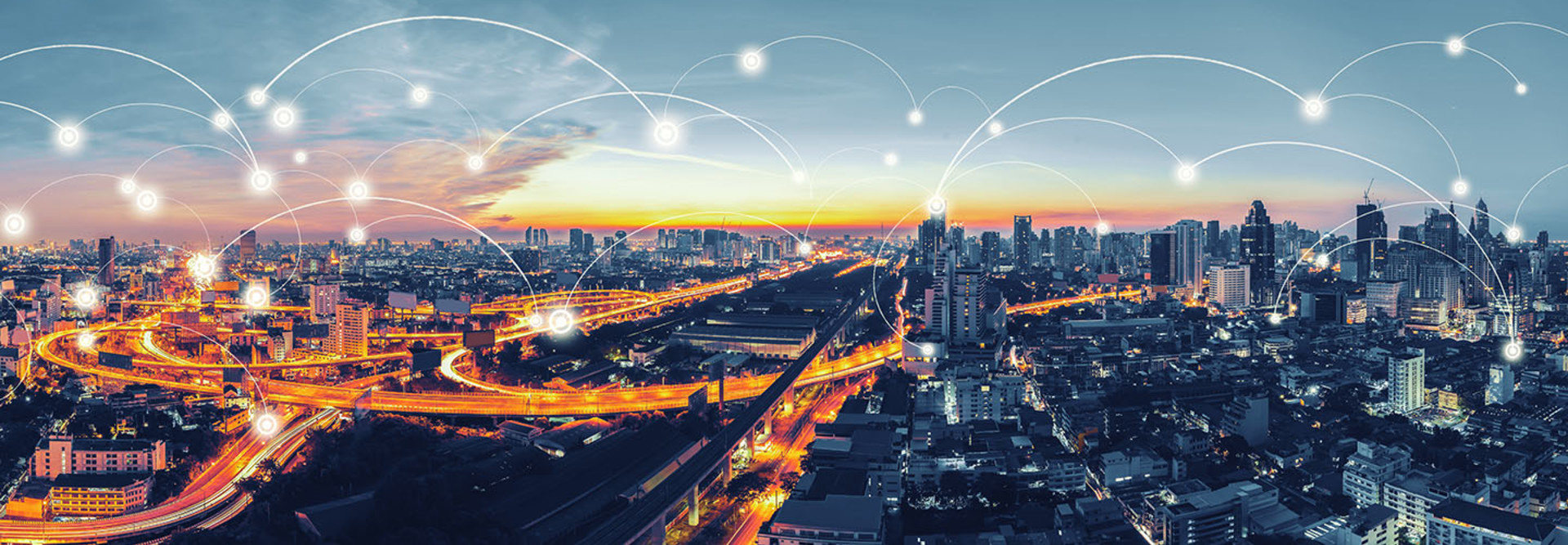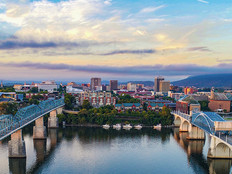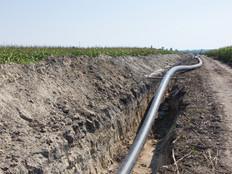Citywide Wi-Fi: IT Leaders Create an Affordable Reality
Wi-Fi and broadband internet access are integral to being an active and engaged citizen in today's world. Often, however, municipal internet projects are deployed in downtowns or affluent city centers while less economically developed areas are left behind, furthering the digital divide and isolating the advantages of technology to small sections of a city.
To close this gap, several cities have launched projects aimed at offering free, secure citywide Wi-Fi.
San Francisco announced in October its plans to offer residents 1-gigabit connections as part of a citywide $1.5 billion project.
"Bridging the digital divide is right for our residents and right for the future of our city," San Francisco Mayor Ed Lee said in a statement to SFGate.
SIGN UP: Get more news from the StateTech newsletter in your inbox every two weeks!
New York Swaps Phone Booths with Hotspots
But not all cities can afford to build out Wi-Fi across the city from the ground up. For this reason, many cities are thinking creatively and launching projects that take advantage of upgrades to existing citywide infrastructure to outfit all areas of a region with Wi-Fi availability.
In New York City, officials took advantage of a project to remove outdated phone booths and replaced them with more than 900 Wi-Fi kiosks throughout the city. Each kiosk is outfitted with tablets, charging ports and displays with relevant information for residents alongside a Wi-Fi connection that residents, tourists and passersby can access.
It wasn't a breeze to get the project off the ground, however, Jeff Merritt, former director of innovation for the city, said at the 2017 Smart Cities Week conference.
"When we came into office this project was dead," said Merritt. "Folks wanted to get rid of street clutter. Pay phones were an eyesore. There was an adverse reaction to the idea of putting digital advertisement on city streets. I think that we did the hard work of recognizing the opportunity that exists there."
Merritt and his team moved quickly to get contracts in place that would replace the outdated infrastructure with strategically advantageous Wi-Fi kiosks and ended up with "something that far exceeded anything we could have ever come up with on our own," said Merritt. Now, the city plans to implement more than 7,500 kiosks as part of the project, but officials aren't being naïve about the need to update the newest infrastructure to meet future needs.
"It requires us to think differently about hardware and infrastructure and think about it in a way that is modular and flexible," said Merritt. "We recognize that many of the components of LinkNYC will be outdated in a very short amount of time so the [kiosks] are built in a way that the actual individual module … can easily be swapped in and out."
Portland Upgrades Lamp Posts for Wi-Fi Access
Lamp posts aren't just for light anymore, at least not in Portland, Maine. In a bid to upgrade the city's lighting infrastructure, roll out connected technologies and, ultimately, save taxpayer dollars, the city council approved an $8.5 million project to revamp its streetlights downtown with LED lighting, Wi-Fi and other technologies. The move will ultimately generate $1 million in cost avoidance annually, the Portland Press Herald reports.
"The bottom line here is there is literally nothing but upside to what is being proposed here," city councilor Justin Costa told the Herald.
Philadelphia Capitalizes on Failed Wi-Fi Projects
Currently ranked as America's poorest big city, Philadelphia officials believe that smart city projects, including a citywide Wi-Fi deployment, will be able to move the needle on its poverty rate by improving digital citizenship and opening the door to greater opportunity.
In order to make citywide Wi-Fi possible, officials are making use of existing human and technological infrastructure from a failed Wi-Fi project as a stepping stone to the new deployment.
"It's a failed initiative by any standard, but some things came out of it that are pretty interesting," Andrew Buss, the deputy CIO for innovation management within Philadelphia's Office of Innovation and Technology, said at an event earlier this year. "Because everyone was so in to Wireless Philadelphia for that period of time, what ends up happening is we created all these really active communities around the topic of broadband — very committed people, community organizations, individuals, people who are excited about the issue."
Wireless Philadelphia was launched in 2004 and abandoned in 2008 when Earthlink dropped the project and it became clear that the underlying technology to achieve citywide goals simply weren't mature enough yet.
"Wireless Philadelphia, in a way, was ahead of its time. The technology issues were not worked out," Buss said. "The technology changed faster than the city could implement the program, frankly, and that was a big challenge."
With new technology available, however, the new network should have no trouble keeping up.
This article is part of StateTech's CITizen blog series. Please join the discussion on Twitter by using the #StateLocalIT hashtag.










